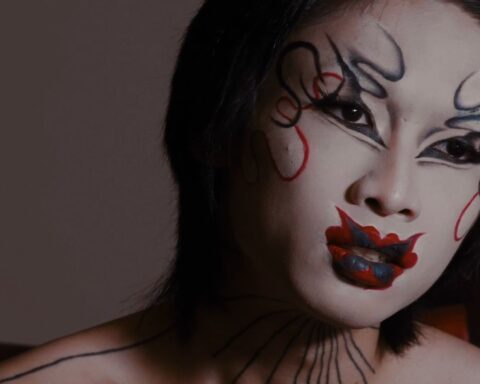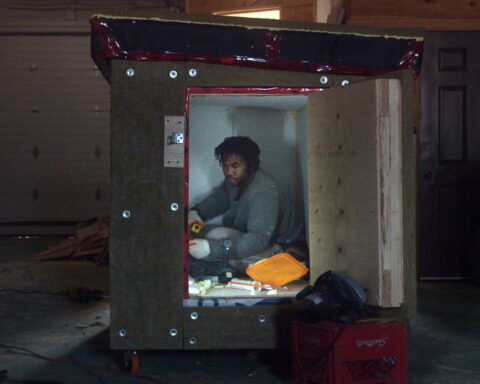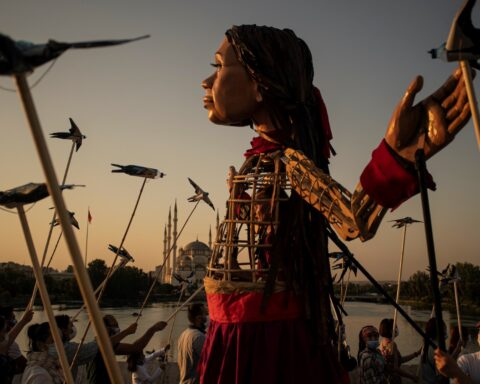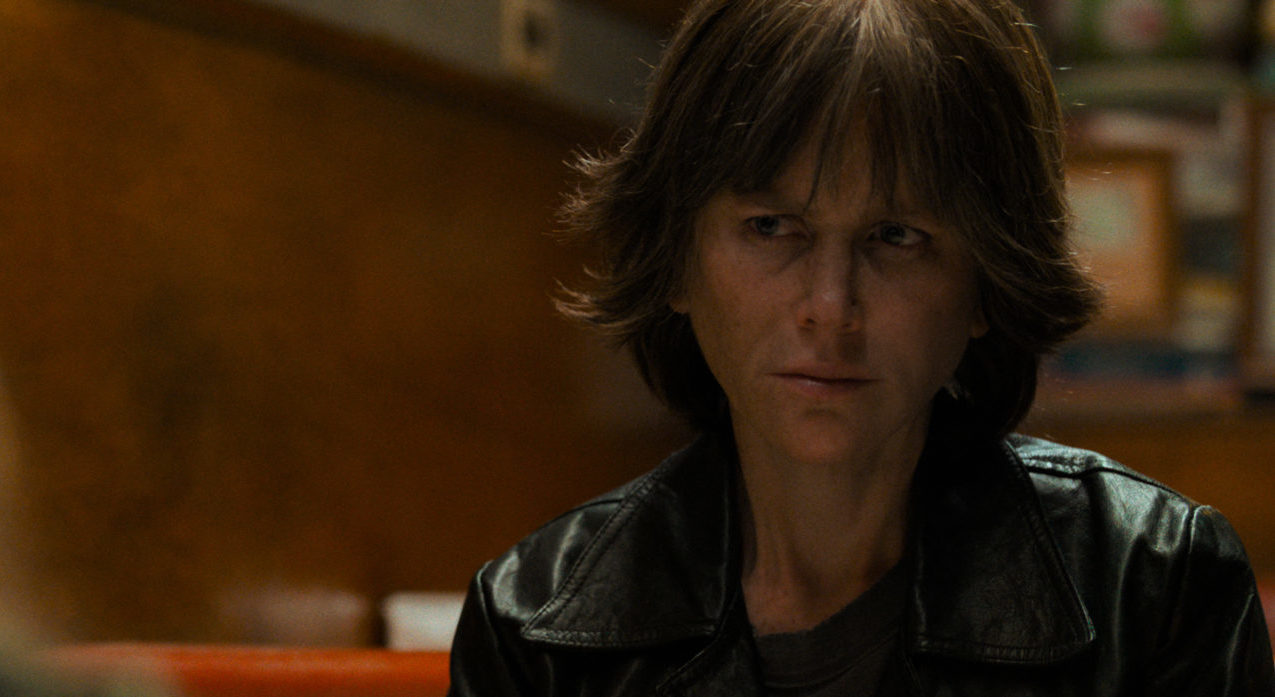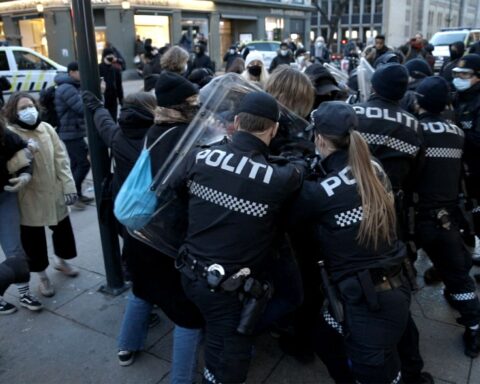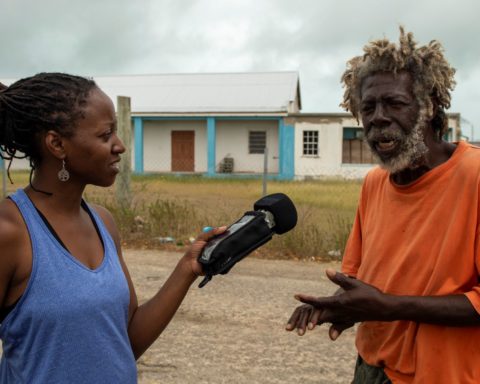Angels are Made of Light
(USA/Denmark/Norway, 117 min.)
Dir. James Longley
Programme: TIFF Docs (International Premiere)
James Longley returns to the Middle East a decade after his 2006 Oscar-nominated documentary Iraq in Fragments. Longley’s latest, Angels Are Made of Light, brings him to post-war Afghanistan to chronicle how a nation looks to rebuild in the aftermath of a long and brutal war. The doc offers a portrait of Afghanistan’s children as Longley sharpens his focus to tell the stories of the kids at Kabul’s Daqiqi Balkhi School. The powerful doc is a tough but necessary portrait of the generation that will rebuild a country after much devastation.
The cast of characters includes a variety of children who face considerable hardships. One boy looks at the world with sad, weary eyes as he longs for the brother he lost to a suicide bomber. Another spends his time outside of school working at the family food stand where adult men cheat him on their bills. Good mentors for these boys are sadly few and far between, but Longley finds a class of students eager to learn and follow the lessons of their teachers and elders who insist that a better future comes through education and not through warfare.
Longley avoids didacticism and lets the boys speak for themselves. Their stories appear in voiceover as the cameras observe life in post-war Kabul. The boys come of age around the ruins, for their entire childhoods have been spent in environment ravaged by war. The hell of this reality wears itself on the boys’ spirits, yet there are moments of happiness and joy as the boys learn to play and act their age. To enjoy a childhood is something that too many of us might take for granted. The film is almost emotionally exhausting as it honours the children’s stories and reflects their daily lives.
As the nation rebuilds for the next generation, Angels Are Made of Light intercuts the boys’ story with images of life during wartime. The doc features valuable archival footage of Afghanistan in the years preceding the Taliban’s regime, as well as engrossing footage of the years during which the terrorist organization gripped the country. Longley adds to this array ample footage of the country as it tries to rebuild after the USA’s invasion. The struggle for democracy isn’t easy as Longley captures the deep-rooted religious divides rising from the ashes to resurrect old hostilities. Conflict is everywhere in Afghanistan’s history as the doc speaks with the boys’ elders, who echo the hardships of being a pawn that superpowers like Russia and the USA used for their own gains.
Had their ages differed by just a few years, these boys might have been statistics among the war’s victims. They could have been fighters under Taliban rule. They might have been fundamentalists. Longley’s film affords them agency and portrays them as soulful beacons of hope for Afghanistan’s future. How any nation can even begin to make sense of itself after so many lives have been lost to war is unfathomable, but one thing is certain: These boys will not be a lost generation.




